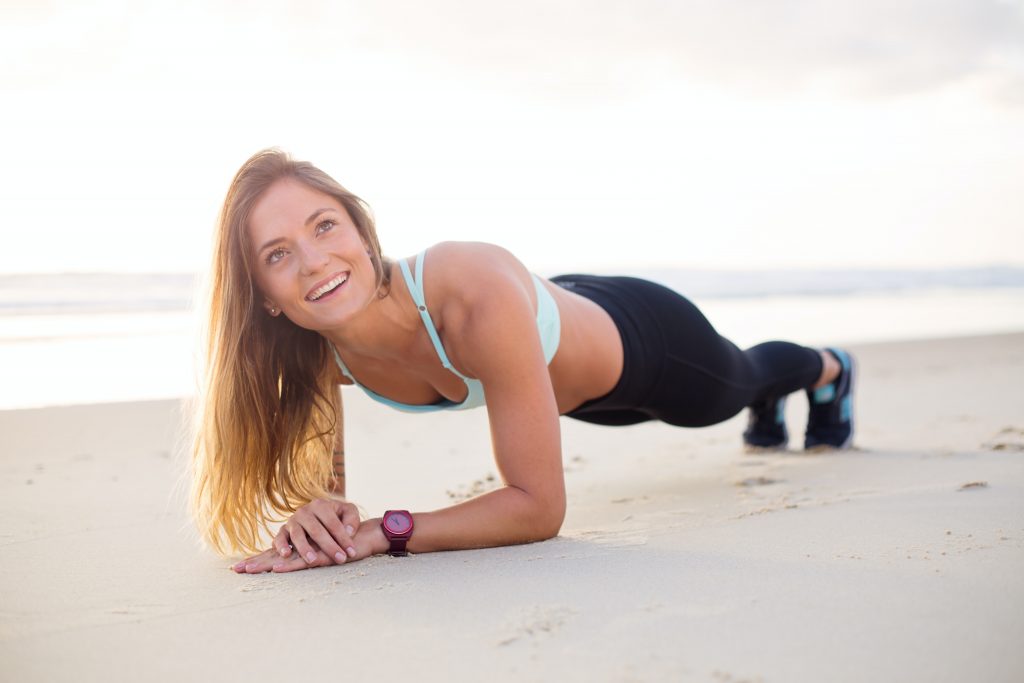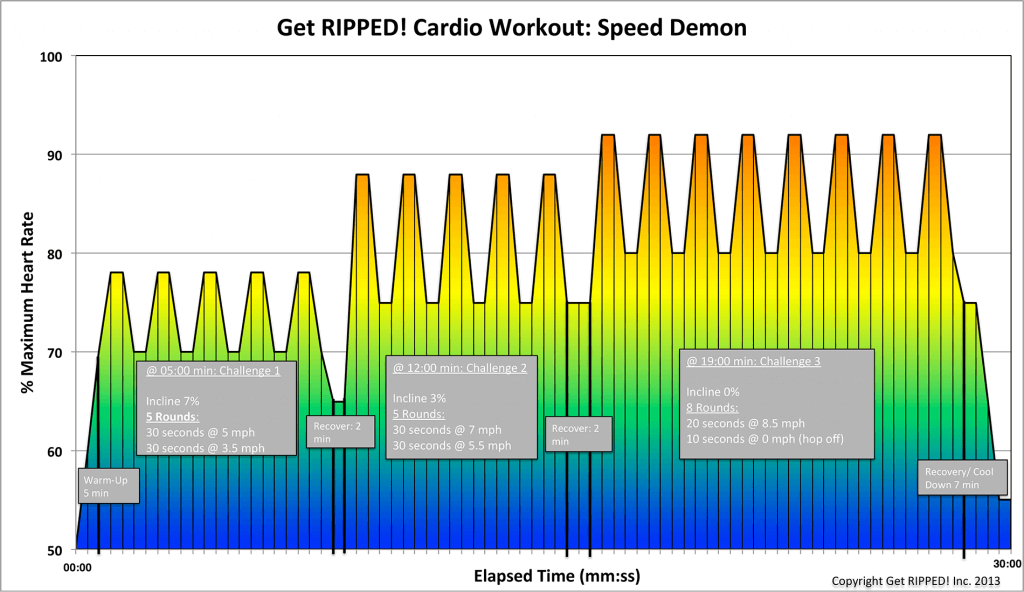Blog
What Muscles Do Planks Work? A LOT!
If you’re watching TV, you can do planks during commercials and work a lot of muscles at once. Planks look so simple and only take a minute or two, but they require a lot of muscle strength. You time planks and attempt to do sets of three at several different times throughout the day. Beginners should attempt to do a plank that lasts between ten and twenty seconds and work at extending the length of time the position is held as fitness improves.
You can move to a full plank in graduated stages.
If you’ve always been a couch potato, start with an elbow bent knee plank. The body is kept straight as you tighten core muscles to maintain form. As you get stronger, extend your legs and put the weight on your toes. Next you move to a straight arm plank with knees bent and finally a full plank with weight on the toes and palms of the hand. The body is kept in a straight line from head to heals. You can then move to variations, as your core strength improves. A side plank is often the next step.
Your core muscles benefit most from a plank.
What are core muscles? When most people think of core muscles, they immediately think of the abs, but core muscles are so much more. They’re the lower back, pelvic floor and hips, too. These muscles are important to help keep your body stable and aid in running, lifting and the ability to twist and bend side to side. Other types of planks include side planks that strengthen the obliques, climbing planks strengthen your biceps and plank jacks tone the hips, calves, buttocks and back.
Planks can improve your stabilizer muscles, which improves your posture.
Good posture makes a difference in how you look and how you feel. It can affect every part of your body. If you have poor posture, you’ll be more prone not only to aches and pains, but TMJ, digestive issues, headaches, back pain and joint wear and tear. Breathing is even easier when you have good posture, since it opens the lung capacity. It also improves your cardiovascular efficiency.
- Planks can help prevent injury. Having strong muscles and tendons is one way to avoid injury. You also need strong core muscles for most other types of exercises, and planks build core muscles.
- If you want to make your plank more difficult, you can add a few variations, like trying to lift one arm or one leg while doing the plank or rocking side to side.
- If you’re doing a plank correctly, it shouldn’t cause back or shoulder pain. If you experience that pain, look first at your form and see if you need to make changes.
- Planks can boost your metabolism. Not only do they build muscle tissue and burn calories, they’re more effective for the abs than sit ups and crunches. You’ll work a wide variety of muscles at once when you do a plank correctly.
For more information, contact us today at Get RIPPED!


